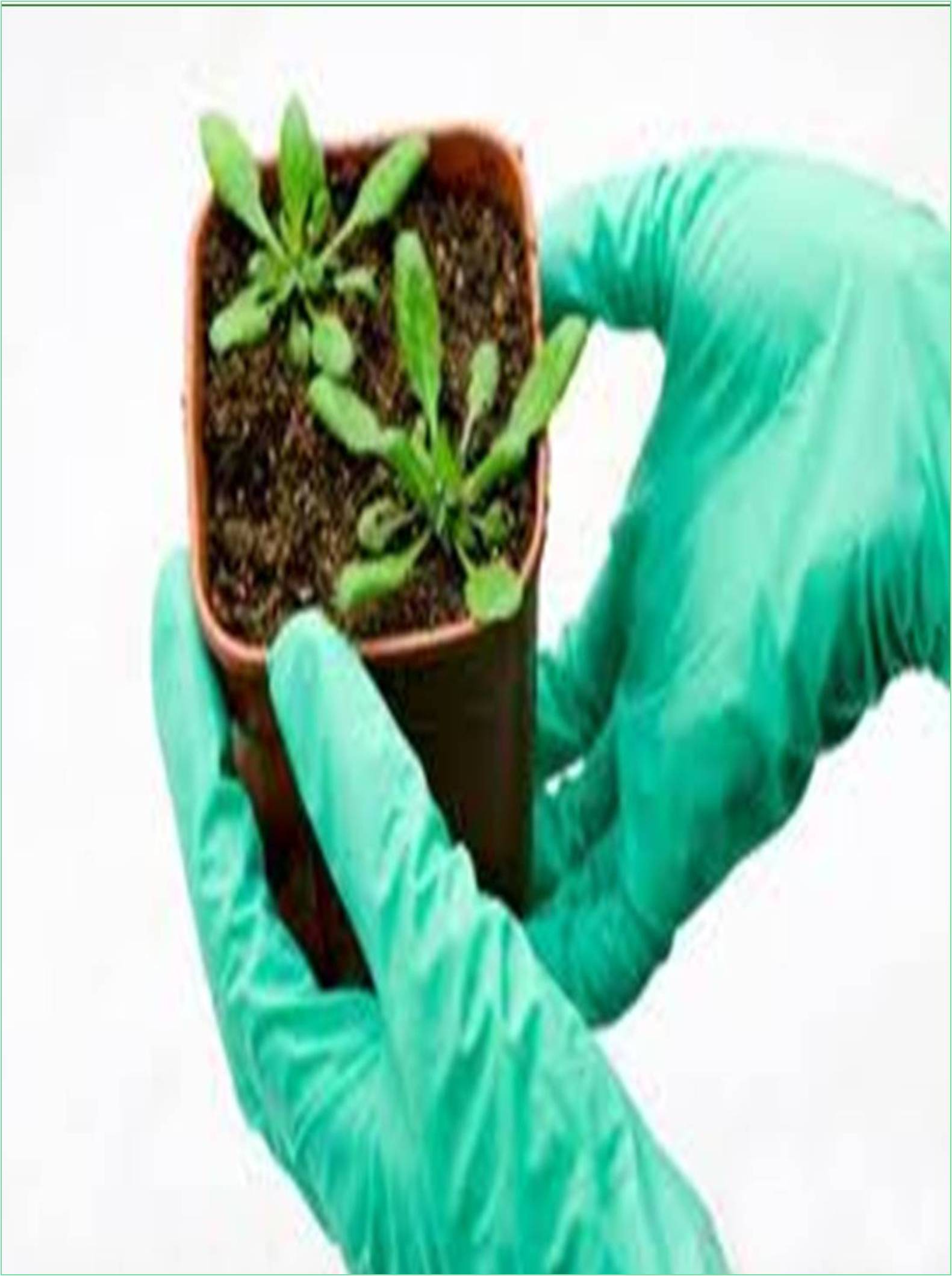



Received: 01-Jul-2022, Manuscript No. GJCSSPB-22-72126; Editor assigned: 04-Jul-2022, Pre QC No. GJCSSPB-22-72126(PQ); Reviewed: 21-Jul-2022, QC No. GJCSSPB-22-72126; Revised: 29-Jul-2022, Manuscript No. GJCSSPB-22-72126(R); Published: 05-Aug-2022, DOI: 10.15651/2437-1866.22.8.052
Interspecific hybrids are usually fully or partially sterile. This may have a negative impact on the occurrence of allopolyploid speciation which reduces the characters of F1 hybrids. In plants, intrinsic mechanisms such as chromosomal rearrangements and nuclear-nuclear/nuclear-cytoplasmic incompatibilities contribute to the sterility of hybrids. In wheat species, a group of nuclear genes called gametocidal genes cause hybrid sterility in a distinctive fashion, whereas nuclear-cytoplasmic incompatibilities and chromosomal rearrangements also are known to cause hybrid sterility. Gametocidal genes are a type of genetic elements that ensure their preferential transmission through causing sterility by introducing chromosomal breaks in male and female gametes that lack the gametocidal genes elements. In the early studies, the chromosomes harbouring gametocidal genes i.e., gametocidal chromosomes were discovered as preferentially transmitted chromosomes in the alloplasmic and chromosomal addition lines of common wheat genetic studies showed that, when a single gametocidal chromosomes is added to the common wheat genome, chromosomal breaks occur in the male and female gametes that lack the gametocidal chromosomes, whereas the chromosomes in the gametes that have the gametocidal chromosomes remain intact. The induced chromosomal breaks can arrest cell cycle during the gametogenesis and cause gametophytic sterility. The selective occurrence of chromosomal breaks suggests that genes have dual functions sporophytic induction and gametophytic suppression of chromosomal breaks in gametogenesis. This model for gametocidal chromosomal activity assumes both breaking and protecting functions resembles the classic typle II restriction-modification system of bacteria, linkage configurations of restriction endonuclease enzymes that cleave double-strand DNA at recognition sequences and methyltransferase enzyme that prevent cleavage from occurring by modifying the recognition sequences. In fact, putative natural mutant alleles and an ethyl methanesulfonate induced allele of gametocidal chromosomal genes that lack the breaking function are known indicating that each gametocidal chromosomal gene is a complex of two functionally antagonistic elements.
Nevertheless, virtually nothing is known about the molecular mechanism that underlies the gametocidal chromosomal genes’ chromosome-breaking activity. Particularly, how the protecting function modifies the sites that are targeted by the breaking function and whether some epigenetic marking systems are involved in this phenomenon are the key questions that remain to be addressed. The later-generation and backcross hybrids observed in the wild exhibit few defects with respect to their viability, and male hybrids are at least as attractive to females as males of the two parental species. Hybrids therefore persist in the wild even in the absence of numerous genetic incompatibilities causing reduced fitness in early-generation artificial hybrids.
In breeding of ornamental plants, interspecific hybridization and polyploidization have successfully used to produce novel cultivars with blended traits of both parents and to produce plants with useful traits of one species to another. Embryo emasculation techniques and molecular cytogenetic methods have successfully used to produce and characterize interspecific hybrids in various genera. Recent advances in interspecific hybridization are described based on the results obtained in Primula, Cosmos, and Kalanchoe. The methods for production and characterization of interspecific hybrids are categorized into three steps pollination, rescue culture of immature embryo and confirmation of hybridity and ploidy level of the plants. For interspecific crosses, emasculation step is usually needed to avoid self-pollination even in the genera with self-incompatibility system, such as Primula and Cosmos, since self-incompatibility is not always complete. Since interspecific crosses are usually hindered by various cross-incompatibility mechanisms, successful production of interspecific hybrids will be achieved only from limited crosses among those using many cultivars/strains of both parents, suggesting the importance of the selection of the compatible genotypes. Unilateral cross incompatibility is commonly observed in interspecific cross combinations, so reciprocal crosses should be conducted as an indispensable step. At the rescue culture step, addition of plant hormones such as auxin, cytokinin and gibberellin, to the culture medium at the appropriate concentrations is proved to be effective and necessary. The hybridity of the plants is efficiently confirmed at the seedling stage by DNA analysis in addition to the observation of morphological characters. The analysis of relative DNA contents by flow cytometry is an easy and rapid means to confirm hybridity and to estimate ploidy level and genomic combination.